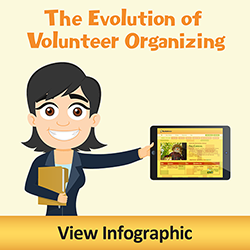 Youth retreats are wonderful opportunities for young people to learn, bond, and grow in their faith. Here are 65 ways to help you plan an impactful youth retreat.
Youth retreats are wonderful opportunities for young people to learn, bond, and grow in their faith. Here are 65 ways to help you plan an impactful youth retreat.
PLANNING
1. Start early. Retreats require much planning and there is always a hiccup or two along the way.
2. Begin your planning by praying and continue this practice throughout the planning and execution of the retreat.
3. Recruit adult leaders for a planning committee to help organize the retreat.
4. Decide the purpose of your retreat. Choose a theme and build upon the main focus.
5. Host regular meetings with adult leaders to discuss and review planning stages.
6. Make sure your retreat dates do not conflict with another major event that will affect youth participation. Compare school, sports, and holiday calendars. Also, check for special events at or near the location of your retreat.
7. Form a small parent committee and run a couple of dates by them to confirm the best dates. 
8. Lock in chaperones early. Be selective about who you ask. Retreats can be intense and exhausting, so chaperones have to able to perform even when they don’t get enough sleep.
9. Have plenty of back up help. For safety purposes, you should always have more adults than you think you need.
10. Pack a first aid kit. An adult leader with first aid or medical training would be a great person to have around.
11. Invite a guest speaker for the retreat who can relate well to young adults. A fresh voice with exciting new thoughts and ideas brings a different perspective to the group.
12. Purchase travel insurance, which covers potential mishaps.
13. Order t-shirts about 3 weeks in advance of the departure date.
14. Get student packets ready. Don’t forget to include pencils or pens.
15. Provide students with practical take-home applications that they can focus on after the weekend.
16. Use SignUpGenius to schedule volunteers to help with the preparation of the retreat.
Genius Tip: SignUpGenius can help you handle event registration and payments, too!
17. Decide on the type of lodging that will be best for your group. There are a variety of choices including motel style, cabins, cottages, or campgrounds.
18. Find a good fit. Take time to make sure the elements of your retreat match the layout of a camp or facility.
19. A rustic setting works. Don’t feel like you have to spend big bucks. A clean, simple facility tends to be cheaper while being less distracting for the kids.
20. Assign one person from the committee to serve as the lodging point person who makes the calls for availability, rates, and package plans.
21. Do a pre-visit to the location. Seeing the facilities in person will give you a greater frame of reference than just viewing online. It will provide you the opportunity to make sure the facilities are adequate for all the activities planned.